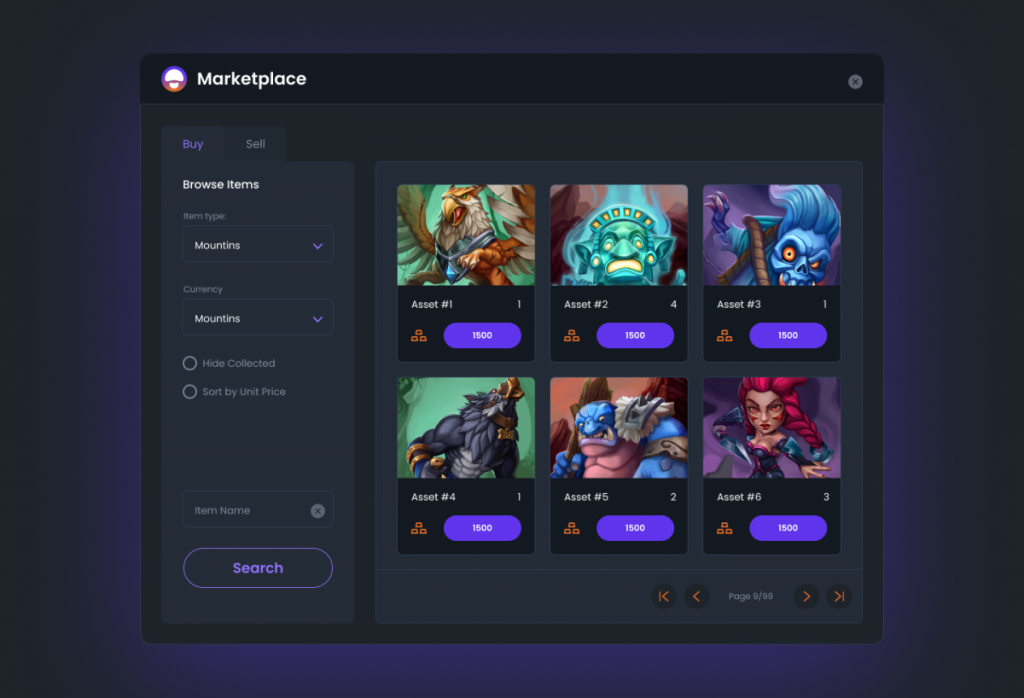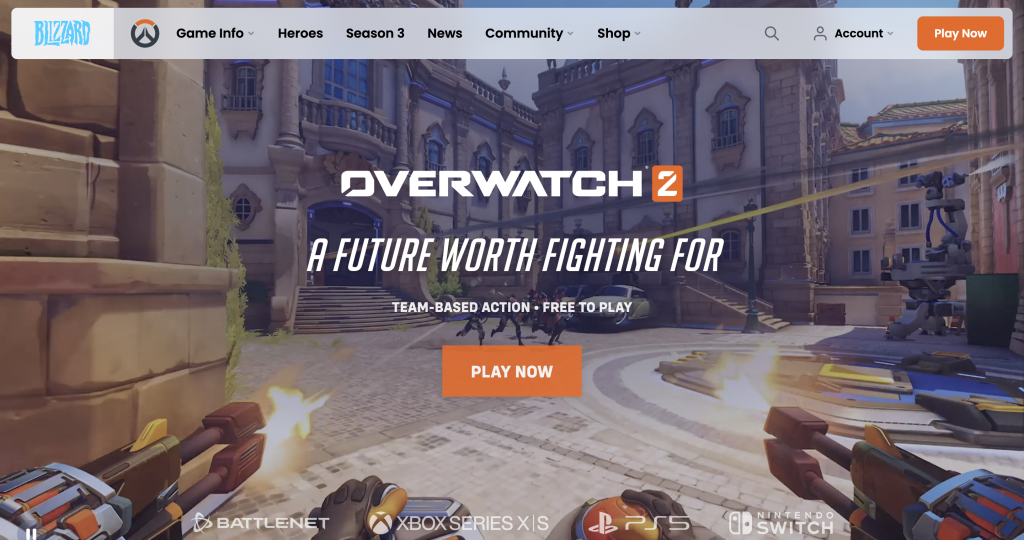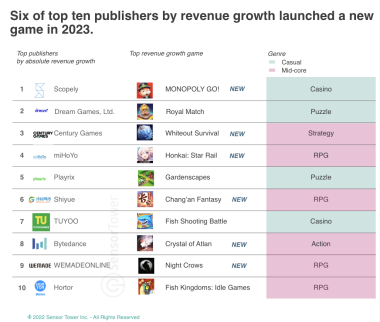Live service games have become increasingly popular in recent years, with more and more games adopting the model. Live service games, also known as live ops games or games-as-a-service, are games that are continually updated with new content, features, and events to keep players engaged and coming back for more. While there are many benefits to live service games, there are also some downsides that need to be considered.

The concept of live service games originated from the rise of the internet and the development of digital distribution platforms, such as Steam and Xbox Live. These platforms allowed game developers to deliver content updates directly to players, without the need for physical media. This meant that developers could continue to work on the game long after its release, adding new content and features as they saw fit.

The first live service game is widely considered to be “World of Warcraft,” a massively multiplayer online role-playing game (MMORPG) developed by Blizzard Entertainment. Since its release in 2004, “World of Warcraft” has received numerous updates and expansions, including new areas to explore, new quests, and new gameplay modes. Its success paved the way for other live service games to follow.

Another early example of a live service game is “Guild Wars,” an MMORPG developed by ArenaNet and released in 2005. Like “World of Warcraft,” “Guild Wars” received regular content updates and expansions, and is still active today.
Other early examples of live service games include “EverQuest II” (2004), “City of Heroes” (2004), and “Final Fantasy XI” (2002). These games paved the way for the development of live service games in other genres, including first-person shooters, racing games, and sports games.

Today, there are numerous live service games across a wide range of genres. Here are 10 examples of live service games:
- “Fortnite” – Developed by Epic Games and released in 2017, “Fortnite” is a battle royale game that has become one of the most popular games in the world. It receives regular updates, including new weapons, skins, and gameplay modes.
- “Destiny 2” – Developed by Bungie and released in 2017, “Destiny 2” is a first-person shooter that has a strong focus on cooperative play. It receives regular updates, including new story missions, weapons, and activities.
- “Apex Legends” – Developed by Respawn Entertainment and released in 2019, “Apex Legends” is a battle royale game that takes place in the same universe as the “Titanfall” series. It receives regular updates, including new characters, weapons, and gameplay modes.
- “Rainbow Six Siege” – Developed by Ubisoft and released in 2015, “Rainbow Six Siege” is a tactical shooter that has a strong focus on multiplayer gameplay. It receives regular updates, including new operators (playable characters), maps, and gameplay features.
- “Rocket League” – Developed by Psyonix and released in 2015, “Rocket League” is a sports game that combines soccer and driving. It receives regular updates, including new cars, arenas, and gameplay modes.
- “Warframe” – Developed by Digital Extremes and released in 2013, “Warframe” is a cooperative third-person shooter that takes place in a science fiction universe. It receives regular updates, including new weapons, warframes (playable characters), and story missions.
- “Overwatch” – Developed by Blizzard Entertainment and released in 2016, “Overwatch” is a first-person shooter that has a strong focus on team-based gameplay. It receives regular updates, including new heroes, maps, and gameplay
- “World of Tanks” – Developed by Wargaming and released in 2010, “World of Tanks” is a team-based multiplayer game that revolves around tanks. It receives regular updates, including new tanks, maps, and gameplay features.
- “Call of Duty: Warzone” – Developed by Activision and released in 2020, “Call of Duty: Warzone” is a battle royale game set in the “Call of Duty” universe. It receives regular updates, including new weapons, operators, and gameplay modes.
- “Sea of Thieves” – Developed by Rare and released in 2018, “Sea of Thieves” is a multiplayer pirate adventure game. It receives regular updates, including new quests, ships, and gameplay features.
- Live service games have become increasingly popular in recent years, as game developers strive to keep players engaged and interested in their games for longer periods. While there are some criticisms of live service games, such as the potential for a game’s initial release to be incomplete or lacking in content, the model has proven to be successful for many developers and has provided players with countless hours of entertainment.
Pros of Live Service Games
- Constant Updates
One of the primary benefits of live service games is the constant updates. Instead of releasing a game and leaving it to sit, developers can continue to add new content, features, and events to keep players engaged. This means that players can experience a game in a whole new way each time they log in, and there is always something new to explore.
- Long-Term Engagement
Live service games are designed to keep players engaged over the long term. This means that players can continue to play the game for months or even years, rather than just completing the story and moving on. This long-term engagement can help to build a strong community around the game, as players come together to share their experiences and help each other out.
- Microtransactions
Microtransactions are small purchases that players can make within a game to unlock additional content or features. While microtransactions have been controversial in the past, they can be a valuable source of revenue for live service games. By offering players the option to purchase additional content, developers can continue to fund the development of new updates and features for the game.
- Subscriptions
Some live service games offer subscription-based models, where players pay a monthly fee to access exclusive content or features. Subscriptions can be a great way for developers to generate a steady stream of revenue, which can help to fund the development of new updates and features for the game. For players, subscriptions can offer additional benefits, such as exclusive items or access to special events.
- In-Game Purchases
In-game purchases are similar to microtransactions, but they tend to be larger purchases that offer more substantial content or features. For example, players may be able to purchase new levels, characters, or items that significantly enhance their gameplay experience. While in-game purchases can be controversial, they can be a valuable source of revenue for developers, which can help to fund the development of new updates and features for the game.
- Cosmetics Benefits
Cosmetics are non-essential items that players can purchase to customize their character or gameplay experience. Cosmetics can include anything from new costumes and accessories to new skins for weapons or vehicles. While cosmetics do not offer any gameplay advantages, they can be a valuable source of revenue for developers, which can help to fund the development of new updates and features for the game.

Cons of Live Service Games
- Dependence on Updates
One of the downsides of live service games is that they are dependent on updates. If a developer stops updating a game, players may lose interest and move on to something else. This means that developers must constantly work to create new updates and content to keep players engaged. This can be time-consuming and expensive, and it can put a strain on the development team.
- Costly Development
Developing a live service game can be expensive. Developers must invest in the infrastructure to support constant updates and content releases, which can be a significant upfront cost. Additionally, developers must continue to invest in the development of new updates and content, which can be an ongoing expense. This means that live service games can be risky for developers, as they may not see a return on their investment if the game does not attract enough players or generate enough revenue.
- Microtransactions Controversy
Microtransactions have been controversial in the past, as some players feel that they create a
pay-to-win environment, where those who are willing to spend more money have an unfair advantage over other players. This can create a negative environment within the game and can discourage some players from participating. Additionally, some players may feel that microtransactions are predatory or exploitative, as they may target vulnerable players or encourage addictive behaviors.
- Subscription Fatigue
While subscriptions can offer additional benefits to players, they can also create subscription fatigue. If players are already subscribed to multiple services, they may not be willing to pay an additional monthly fee for a single game. This means that developers must work to provide significant value to justify the cost of a subscription, which can be challenging.
- In-Game Purchase Pressure
In-game purchases can create pressure for players to spend more money than they may be comfortable with. Some players may feel that they need to make in-game purchases to keep up with other players or to progress through the game. This can create a negative environment within the game and can discourage some players from participating.
- Cosmetics Addiction
While cosmetics do not offer any gameplay advantages, they can create an addiction for some players. Players may feel that they need to purchase all of the available cosmetics to fully enjoy the game, which can create a significant expense. Additionally, players may become overly focused on their appearance in the game, rather than on the gameplay itself.
Conclusion
Live service games offer many benefits, including constant updates, long-term engagement, microtransactions, subscriptions, in-game purchases, and cosmetics benefits. However, there are also some downsides to live service games, including dependence on updates, costly development, microtransaction controversy, subscription fatigue, in-game purchase pressure, and cosmetics addiction.
Developers must carefully consider these pros and cons when designing a live service game. By balancing the benefits and downsides, developers can create a game that is engaging and profitable, while also being fair and enjoyable for all players. Additionally, players must be aware of these pros and cons when deciding whether to participate in a live service game. By understanding the risks and benefits, players can make informed decisions about their participation in live service games.




